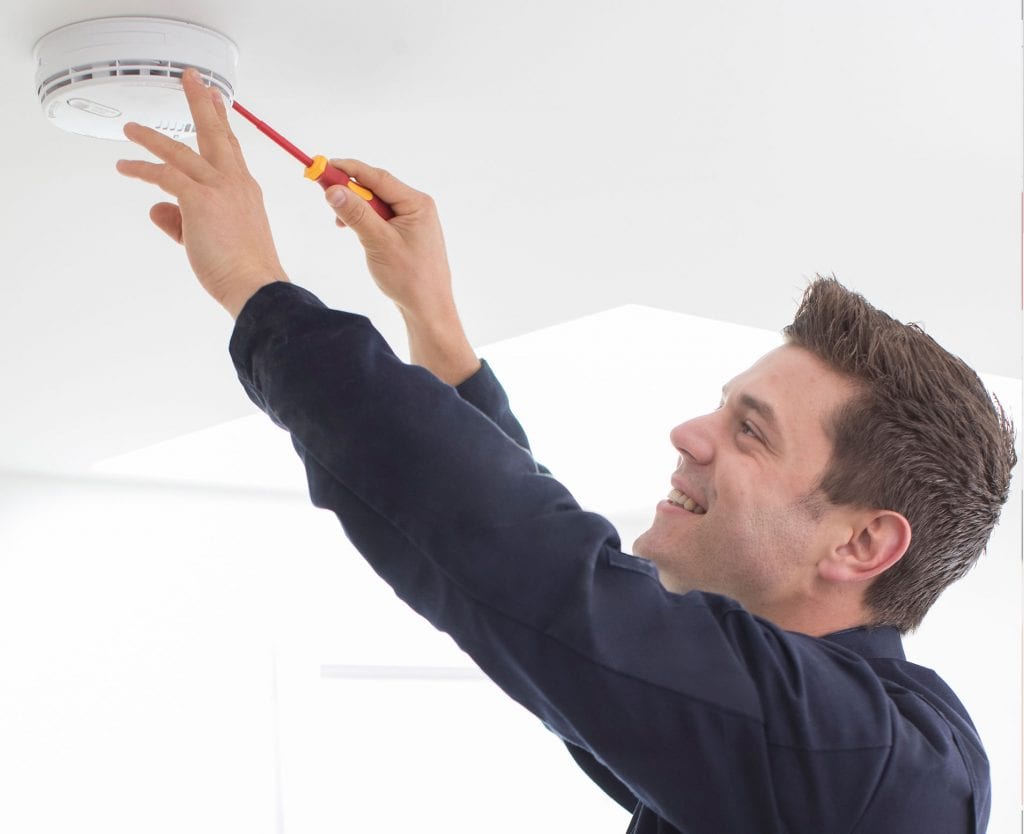As part of ongoing safety improvements, Queensland has set strict smoke alarm regulations to help reduce fire-related deaths and injuries. Since 2022, there have been significant changes to the requirements for smoke alarms in homes, ensuring that properties meet the latest standards for fire safety.
Let’s explore the key smoke alarm regulations in Queensland, effective as of 2022.
1. Photoelectric Smoke Alarms Required
The primary requirement is that all smoke alarms in Queensland homes must be photoelectric. Photoelectric alarms are more effective than ionization alarms at detecting smoldering fires, which are more common in household fires. They are better at reducing false alarms and give residents more time to respond to a fire.
2. Interconnected Smoke Alarms
As of 2022, all smoke alarms must be interconnected. This means when one smoke alarm detects smoke or fire, all alarms in the house will sound, providing an earlier warning to residents, especially in larger homes.
3. Placement of Smoke Alarms
The regulations specify the location of smoke alarms in residential properties. Here’s a summary:
- All bedrooms: Smoke alarms must be installed inside every bedroom.
- Hallways: There must be a smoke alarm in hallways or corridors leading to bedrooms.
- Each Storey: A smoke alarm must be installed on every storey of the home, including basements or upper floors.
4. New Builds and Renovations
For new homes and major renovations, the requirements must be met immediately. This includes ensuring photoelectric, interconnected alarms are installed in the specified locations.
For homes undergoing renovations, the requirements apply to any rooms that are being modified, such as newly created bedrooms or additional floors.
5. Existing Homes
If your home was built before 2017, the requirements for smoke alarms are being phased in, but all homes must comply with the updated rules by 1 January 2027. The transitional period gives homeowners time to upgrade their alarms to meet the new standards.
For now, if you haven’t yet made the necessary changes, you must ensure that:
- All smoke alarms are photoelectric
- Alarms are installed in the specified locations (bedrooms, hallways, etc.)
- Existing alarms should be interconnected when upgrading or replacing them.
6. Battery-Powered vs Hardwired
- Battery-powered smoke alarms are acceptable in existing homes. However, for new builds and significant renovations, hardwired alarms must be used.
- The batteries in smoke alarms must be checked regularly, and replaceable batteries should be changed at least once a year to ensure continuous operation.
7. Compliance and Penalties
Failing to comply with these regulations can result in fines. As the deadline for full compliance with the 2027 standards approaches, it’s critical to upgrade your smoke alarm system if you haven’t already done so.
Why Is This Important?
These regulations are part of Queensland’s efforts to reduce the number of fire-related fatalities and injuries in the state. The updated standards ensure homes are better equipped to provide early warning, especially in the event of a fire at night when people are sleeping.
What Should You Do Now?
If your home is still using outdated smoke alarms, it’s time to take action:
- Check the age and type of your current smoke alarms.
- Replace any non-photoelectric alarms with photoelectric alarms.
- Ensure alarms are interconnected and installed in the required locations.
- Install or replace smoke alarms as needed to comply with the 2022 requirements.
By upgrading your smoke alarms now, you’ll be ahead of the deadline and ensure that your family is protected with the latest safety standards.
